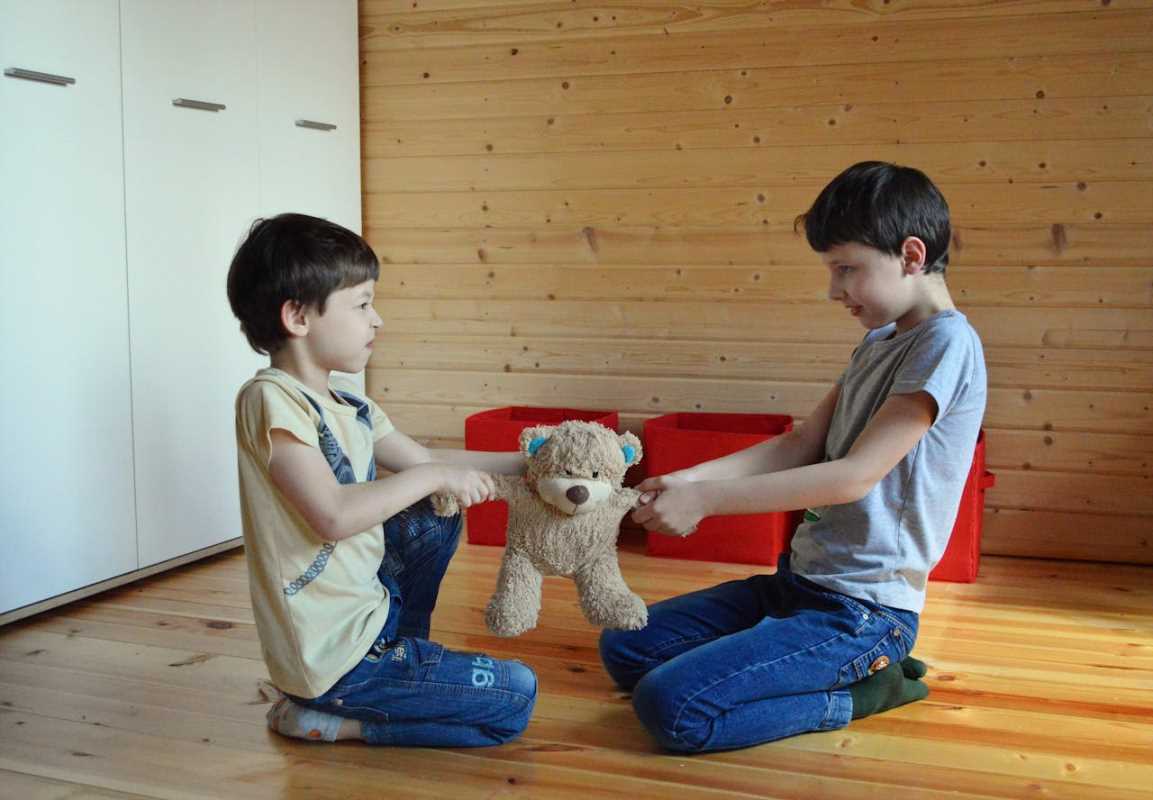Managing a busy household with four, five, or even more children often feels like balancing on a narrow ledge. Sibling disagreements over chores, toys, or parental attention can quickly lead to raised voices and frustration for everyone involved. Daily routines may seem overwhelming as conflicts pop up in unexpected moments, making it challenging to create a sense of harmony at home. By making intentional adjustments to routines and communication, families can ease tensions and help children learn to work together. A little patience and steady guidance go a long way in building a more peaceful environment where cooperation becomes part of everyday life.
This guide lays out seven practical ways to ease tension and help brothers and sisters build stronger bonds. You’ll find step-by-step ideas you can start using today, whether you’re dealing with daily squabbles or full-blown shouting matches. Let’s jump in and turn sibling scuffles into moments of connection.
Clear Expectations: How to Set Boundaries
Kids thrive on knowing what you expect. When rules and routines sit unwritten in your head, they can feel confusing or unfair. Write down guidelines to create a level playing field and reduce “He did it first!” disputes. Post a family chart on the fridge where everyone can see it.
- Chore chart with names, duties and days of the week
- Screen-time limits listed by age group
- Quiet hours for reading or homework
- Respect rules: no name-calling, no hitting
Review the list each evening so kids know you’re paying attention. When children follow these rules, praise them. A simple “I noticed you both cleaned up your toys without arguing” encourages good behavior.
Gather everyone for a ten-minute discussion now and then. Ask if any rule feels unclear or unfair and invite suggestions for changes. When kids help decide the expectations, they take them more seriously and are less likely to challenge your reminders.
Teamwork Through Shared Goals
Nothing bonds siblings faster than working toward a common prize. Choose small projects that require two or more kids and split them fairly. Find tasks that allow each child to shine in their own way. Involving siblings in a joint mission reduces one-on-one competition.
- Garden together: one plants seeds, another waters, a third pulls weeds.
- Create a family art wall: each child contributes a drawing or painting.
- Plan a backyard picnic: assign shopping, sandwich-making and table setup.
- Pack care packages: kids choose items, write notes and wrap gifts.
- Build a reading fort: gather blankets, arrange pillows and pick books.
After completing your team project, celebrate everyone’s effort. Let kids reflect on what they did well and what they’d do differently next time. This teaches them to share credit and cooperate instead of trying to outdo each other.
If tension starts creeping in again, guide them toward managing sibling rivalry with a quick refresher on these activities. A little teamwork can dissolve old grudges.
Spending Individual Time Together
Set aside moments for each child to feel special. Even ten minutes of focused attention can fill their emotional tank and reduce the urge to compete for your notice. Rotate your schedule so every kid gets some solo time each week.
During these mini-dates, let your child choose an activity. You might play board games, read a book or just talk about their day. Watch their facial expressions and listen carefully. These small efforts pay off in sibling harmony.
For busy parents, combine quality time with routine tasks. Chat while cooking breakfast, run errands together or take a quick walk. When a child feels listened to and valued, they’re less likely to seek attention through conflicts with brothers or sisters.
Handling Disagreements with Calm and Respect
Children imitate what they see more than what they hear. When you manage disagreements with calm words and respectful gestures, they will adopt the same habits. Show them how to talk through a problem instead of raising your voice or slamming doors.
When conflict happens in your life, narrate your thinking process out loud. For example, say, “I’m upset that my coffee spill makes me late. I’m taking three deep breaths, then I’ll call my coworker to let them know I’ll be five minutes behind.” This transparent approach teaches self-control and empathy by example.
Turn disagreements over toys into teaching moments. Guide children through steps: identify the problem, suggest solutions and agree on a fair outcome. Supervising their talks initially helps them learn the steps for next time.
Highlighting and Appreciating Each Child’s Talents
Recognizing each child’s unique strengths reduces competition and builds mutual support. Simple traditions like show-and-tell or a rotating spotlight help every child feel valued. With consistent praise and clear family rules, siblings grow into allies, creating a home filled with encouragement and lasting positive memories.
 (Image via
(Image via





